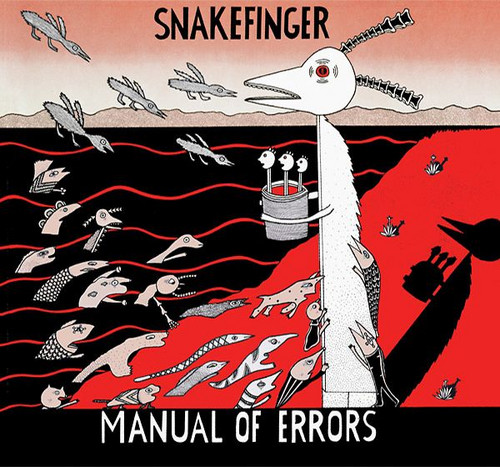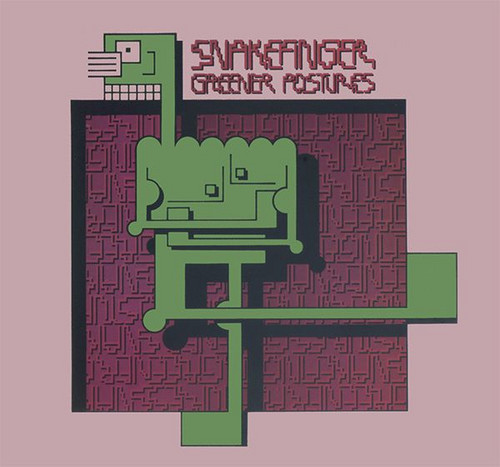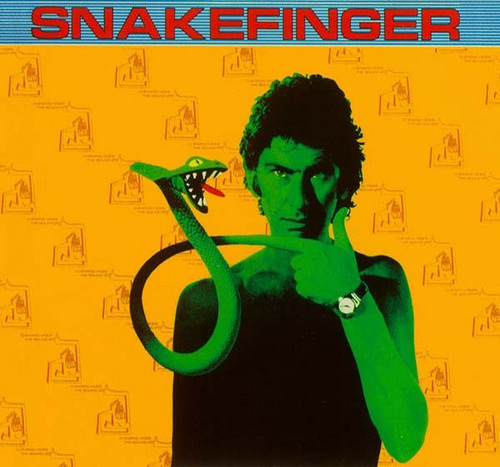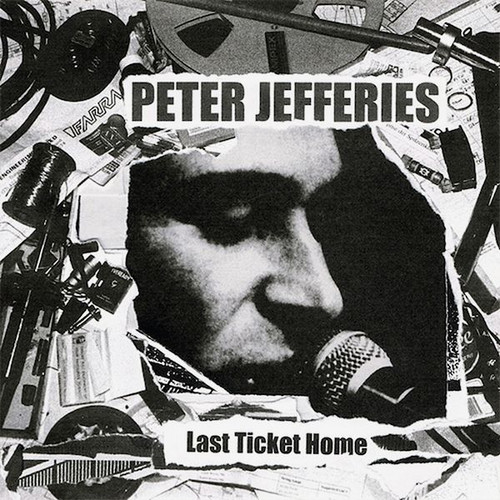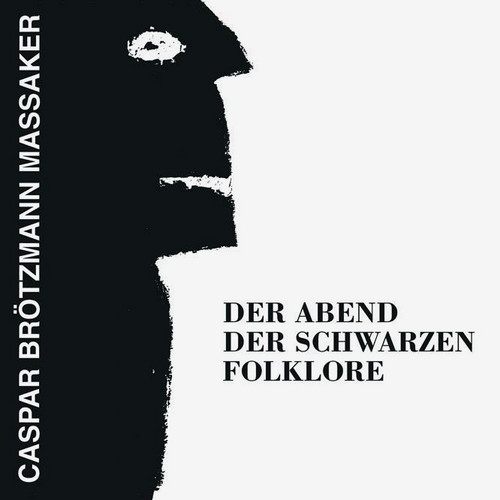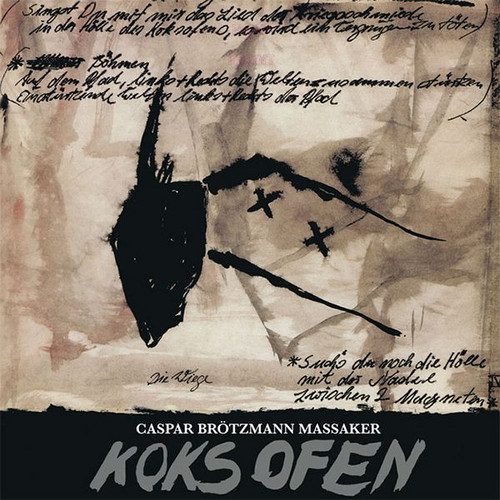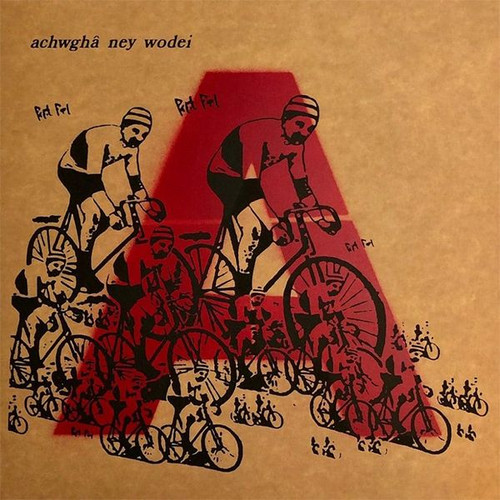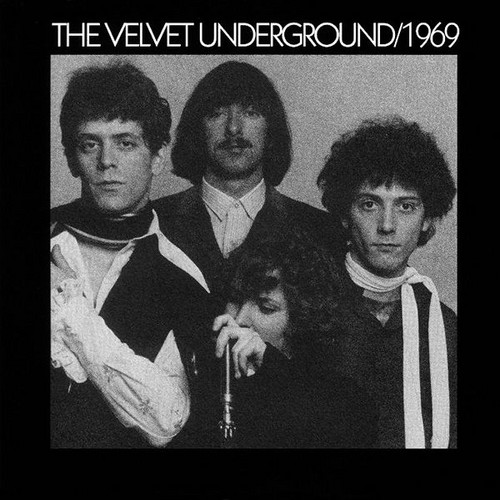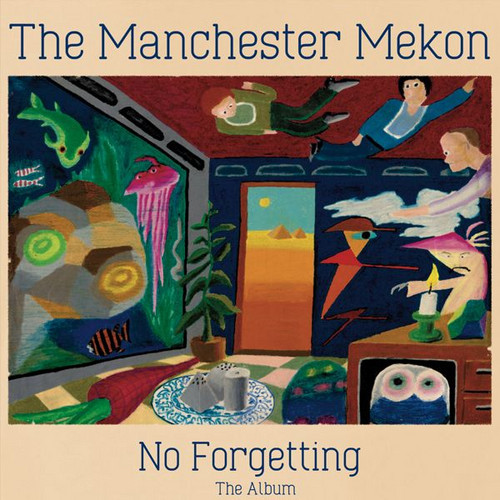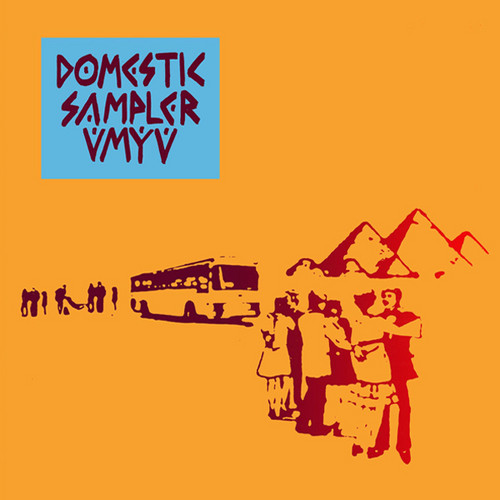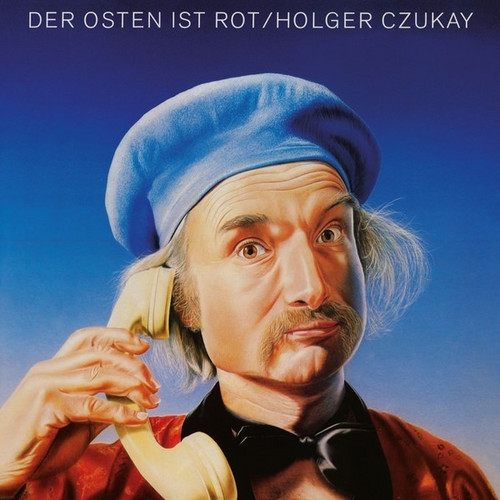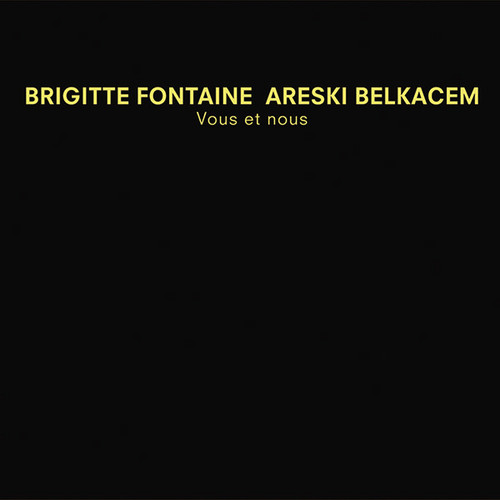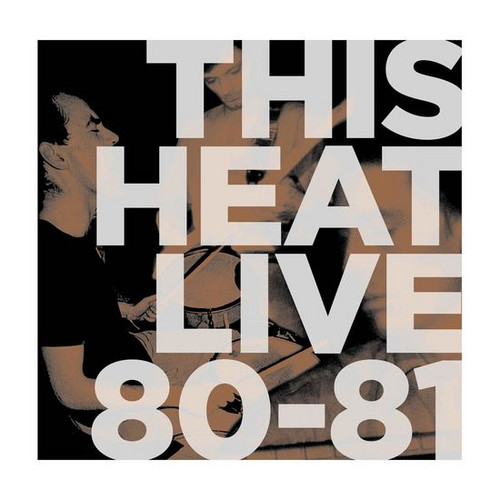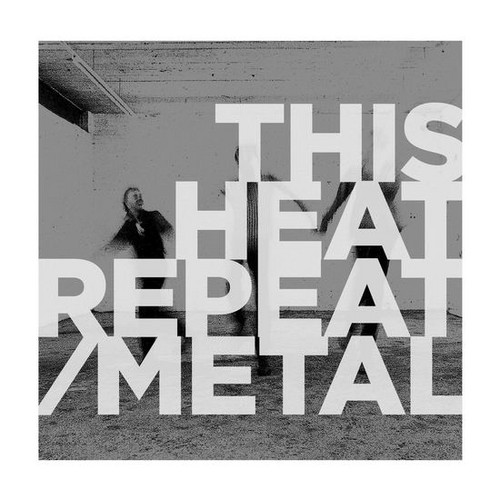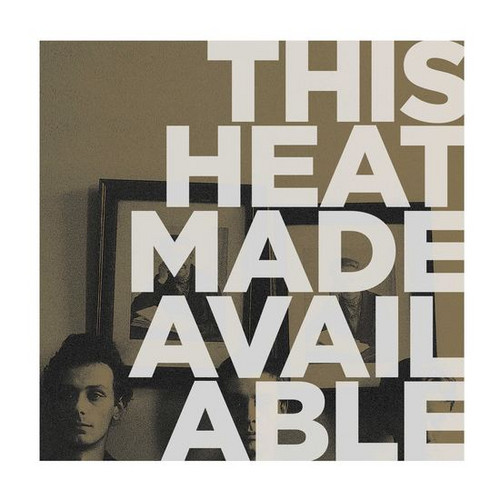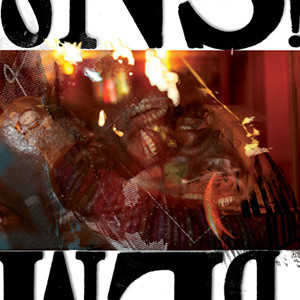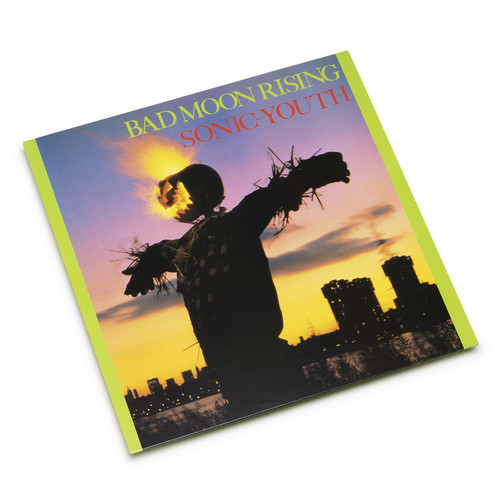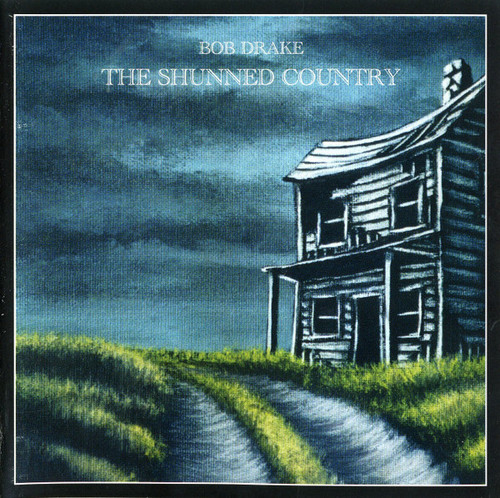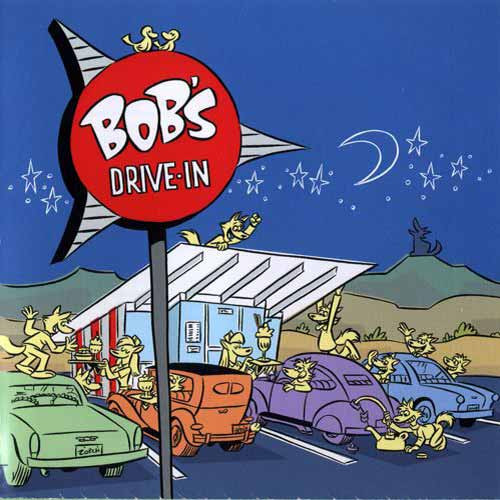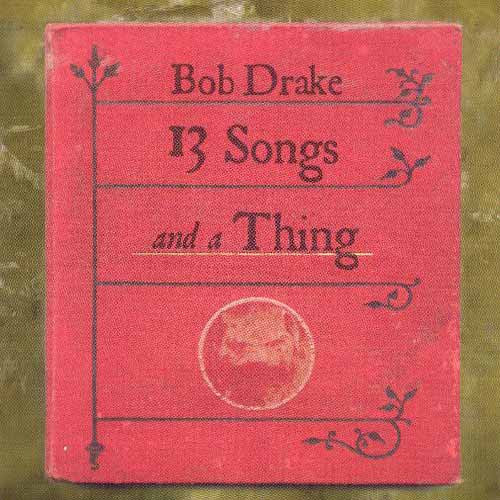Manual of Errors
**2019 stock** "Snakefinger surely needs not much of an introduction. Born Philip Charles Lithman in London, he moved to San Francisco in 1971. His roots lie in the British blues scene, but he soon became friends with The Residents who also gave him the name Snakefinger based on a photograph of Lithman performing, in which his finger looks like a snake about to attack his violin. In 1972 Lithman returned to England and formed the pub rock band Chilli Willi and the Red Hot Peppers. After the lack…
Greener Postures
**2019 stock** "Snakefinger surely needs not much of an introduction. Born Philip Charles Lithman in London, he moved to San Francisco in 1971. His roots lie in the British blues scene, but he soon became friends with The Residents who also gave him the name Snakefinger based on a photograph of Lithman performing, in which his finger looks like a snake about to attack his violin. In 1972 Lithman returned to England and formed the pub rock band Chilli Willi and the Red Hot Peppers. After the lack…
Chewing Hides the Sound
**2019 stock** "Philip Charles Lithman aka Snakefinger was born in London, England, and moved to the USA in 1971. He is known for his solo work and for his guitar playing with The Residents. It is said he was given the name 'Snakefinger' by The Residents based on a photograph of Lithman performing, in which his finger looks like a snake about to attack his violin. In 1972 he moved back to the UK to form the blues rock band Chilli Willi and the Red Hot Peppers. Because sales of their second album…
Last Ticket Home
Peter Jefferies, a living legend of New Zealand underground music, from his seminal bands Nocturnal Projections and This Kind Of Punishment, to his collaborative efforts in bands such as Plagal Grind and Two Foot Flame, is perhaps best known for his solo work on masterpieces such as The Last Great Challenge in a Dull World (1990) and Electricity (1994), as well as numerous other albums of his singular songcraft. Grapefruit is releasing Jefferies’ latest, Last Ticket Home, which leaves the statio…
Der Abend Der Schwarzen Folklore
Originally released in 1992, Der Abend Der Schwarzen Folklore is the third Massaker album, originally released by Rough Trade Germany. According to Caspar Brötzmann, the title track and Bass Totem are the band’s most accomplished songs. It’s certainly the most sonicly refined of their albums, recorded during a residency over several weeks at the pastoral site of Conny Plank’s studio near Cologne, and produced by Ingo Krauss and Bruno Gebhard, who had worked with the famed Krautrock producer unti…
Koksofen
Koksofen (which translates as blast furnace), originally released in 1993, has become one of Massaker’s most popular albums. Like it’s predecessor, Der Abend Der Schwarzen Folklore, the album took shape in Massaker’s rehearsal room below the Berlin subway station Schlesisches Tor, and was recorded at Conny Plank’s studio near Cologne, with Plank’s former associates Ingo Krauss and Bruno Gephard producing. There’s a different kind of intensity to Koksofen. The features of Massaker’s sound are in …
Achwghâ Ney Wodei
**300 copies** Achwghâ Ney Wodei was a quartet of François Boitière (drums, keyboards, vocals), Didier ‘Higgins’ Copp (bass, percussion, vocals), Eric ‘Riton’ Sterenfield (guitar, keyboards, percussion, vocals) and Phillippe ‘Wodi’ Royer (percussion, trumpet, bass, vocals). They released a cassette for the French label V.I.S.A. and later, in 1987, a triple 12″ for New International Recordings, a short-lived label by Simon Crab, of Bourbonese Qualk (maybe that should serve as an explanation?). Th…
1969
Reconstruction of The Velvet Underground's Fabled Lost 1969 album, available on vinyl for the first time with bonus tracks. To honour The Velvet Underground's 50th anniversary, Grammy-winning producer Bill Levenson has lovingly recreated the band's much-mythologized lost album, 1969. Nearly fifty years later, much remains unclear about these mysterious recordings. While there's been reports that the album was intended to be the band's fourth record only to be rejected by MGM, it's also possible …
No Forgetting - The Album
**500 copies** Discos Transgénero presents the first ever album by The Manchester Mekon, a group of musicians that were active from the end of the '70s to the beginning of the '80s in Manchester. Influenced by Frank Zappa and the Mothers of Invention, Igor Stravinsky, King Crimson, Maurice Revel and Pink Floyd, the Manchester Mekon aimed to integrate composed and improvised music, blending orchestral and electronic sounds with rock, both live and in the studio. Over a period of five years (1977-…
Domestic Sampler UMYU
**500 copies** Discos Transgénero presents the first ever reissue of the Domestic Sampler UMYU. Domestic Sampler was a project that Víctor Nubla (former member of Macromassa) recorded for the record label UMYU. It features a host of artists; a synergy of the scene that was happening in Barcelona at the beginning of the eighties. El Grito Acusador, Entr’Acte. Logotipo, Klamm, Secreto Metro, Error Genético, Detra’s Band 10, Boris, Mimi Pimer and Tres reflected the new wave underground scene of Cat…
Der Osten Ist Rot
‘Der Osten Ist Rot’ is a wigged-out 1984 treat helmed by Can’s Holger Czukay, with drums by his legendary bandmate Jaki Liebzeit and vital synth input from Conny Plank. Now making its first official digital release, the 1984 album was Czukay’s 3rd solo side, proper, following from ‘Movies’ [1979], and ‘On The Way To The Peak Of Normal’ [1981] in pursuit of an elusive, avant and pop-wise spirit that would also be explored on its follow-up ‘Rome Remains Rome’, before Czukay set off on two seminal…
Vous Et Nous
Vous et Nous is the ninth album by experimental pop French musician Brigitte Fontaine and the seventh by Areski Belkacem, released in 1977 on the Saravah label. It's an avant-garde double album mixing a variety of instruments and vocal styles, with synthesizer and drum machine on some songs. Other, more acoustic, songs show the Algerian/African influence that Fontaine and Areski were known for. The album was not well understood upon release, but in later years was championed by musicians such as…
Live 80/81
In many ways, the nuanced sound worlds created in the studio by This Heat
are tailor made for sedentary headphone listening. But pulling off such
complicated, genre defying compositions live was surely something to
witness. Until now, there was no real official document of the group’s
live performances. Compiled by Charles Hayward and Charles Bullen from
rough cassette tape recordings of European gigs in Tilburg, Nijmegen,
Ärhus, Apeldoorn, Vienna and Rheims between April 1980 and June 198…
Repeat / Metal
Recorded from 1979 – 1980 Repeat / Metal is essentially This Heat’s third proper album, although it was released posthumously in 1993. Arguably their most radical work, Repeat / Metal features side-length tape experiments ranging from the dubby drum loops of “Repeat”, a 20 minute edit / reworking of their landmark piece “24 Track Loop”, to the gamelan-inspired sounds of “Metal”, an electro-acoustic work recorded outside of their studio, Cold Storage, and helmed by member Gareth Williams.Formed i…
Made Available
Formed in 1976 in Brixton, a multicultural, and – at the time – down-at-heel part of south London, This Heatwere born into a music scene in rapid flux, first thanks to the punk explosion and then via new wave and its myriad offshoots into pop, rock and art-rock. But while many sought to apply punk attitude to chart-friendly sounds, This Heat were concocting some of the most experimental ideas ever committed to tape, taking influence from musique concrète, krautrock, the burgeoning industrial sce…
Demons!
"Desire is exploitation," the label notes for this ambitious two disc set proclaims. The demons get in any way they can, through laws that repress or through indulgence that never seems like it will ever be enough. "Demons!" explores the dread that accompanies our facing our own capacity for evil, as individuals and as a culture. Once again, Stephen Moore and Walter Cardew use orchestral and cabaret motifs to propel their horrific tales of sin and revenge. And where better to probe the personal …
Bad Moon Rising
Sonic Youth’s second full-length LP Bad Moon Rising was originally released on Homestead and Blast First in 1985. The album is a fascinating examination of “the junction where hippie idealism [meets] the cold hard world,” says guitarist Lee Ranaldo, “where Woodstock [meets] Altamont—Death Valley, Charles Manson, Brian Wilson, musicians, murderers, heroes and villains.” Its original eight-song tapestry of droning guitar feedback, distant clattering percussion, and sullen vocals, all held together…
The Shunned Country
A collection of 52 very short songs on uncanny themes, illustrated in the exquisite 24p full-colour booklet with a set of 20 commissioned paintings by Ray O'Bannon. Perhaps the scariest thing is that each of these miniatures is a fully formed, fully orchestrated and complete structure - no lazy snippets here - and Bob Drake plays all the parts with his famously Paganini-esque virtuosity in spooky variable tempo synchrony, packing more ideas and material into 50 seconds than many manage on an ent…
Bob's Drive-In
A set of twisty, forty-ideas-a-minute, niftily arranged, irredeemably eccentric, but strangely brilliant songs that skip blithely across genre borders - from Nashville through the Miskatonic by way of the Beach Boys… even the production values range across the history of recording, sometimes switching inside a single song; so it’s a high-information ride - but still engagingly listenable. So far so good: another crafted, dense, idiosyncratic studio album. Now comes the twist. Finished with his …
13 Songs and a Thing
The latest collection of twisting, turning instrumentals and songs, and another instant classic. If you didn't venture down this way yet, now is a good time to start. In a category of one, Bob Drake undermines musical, technical and production norms with a breathtaking amalgam of broken rules and unimaginable musical logic.
